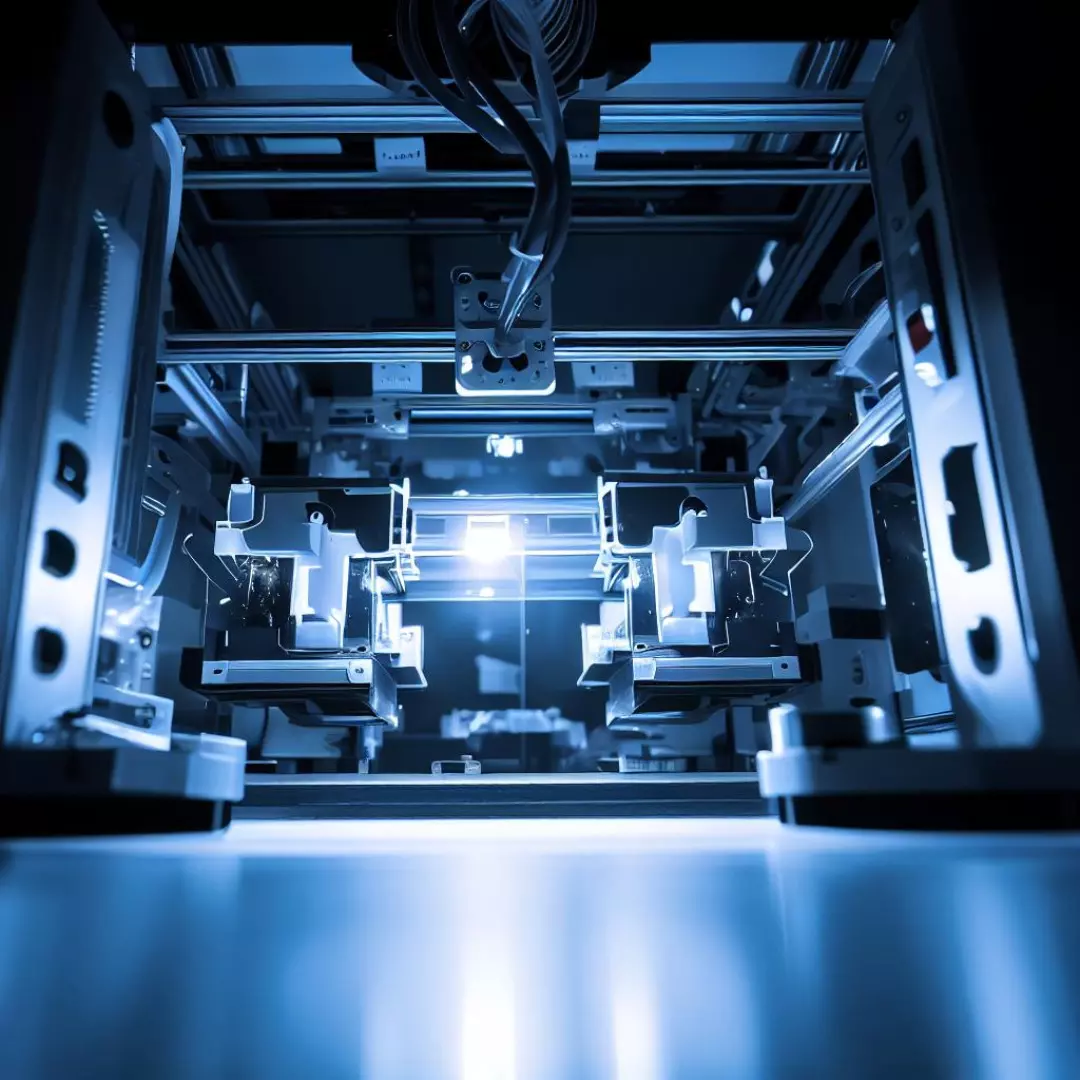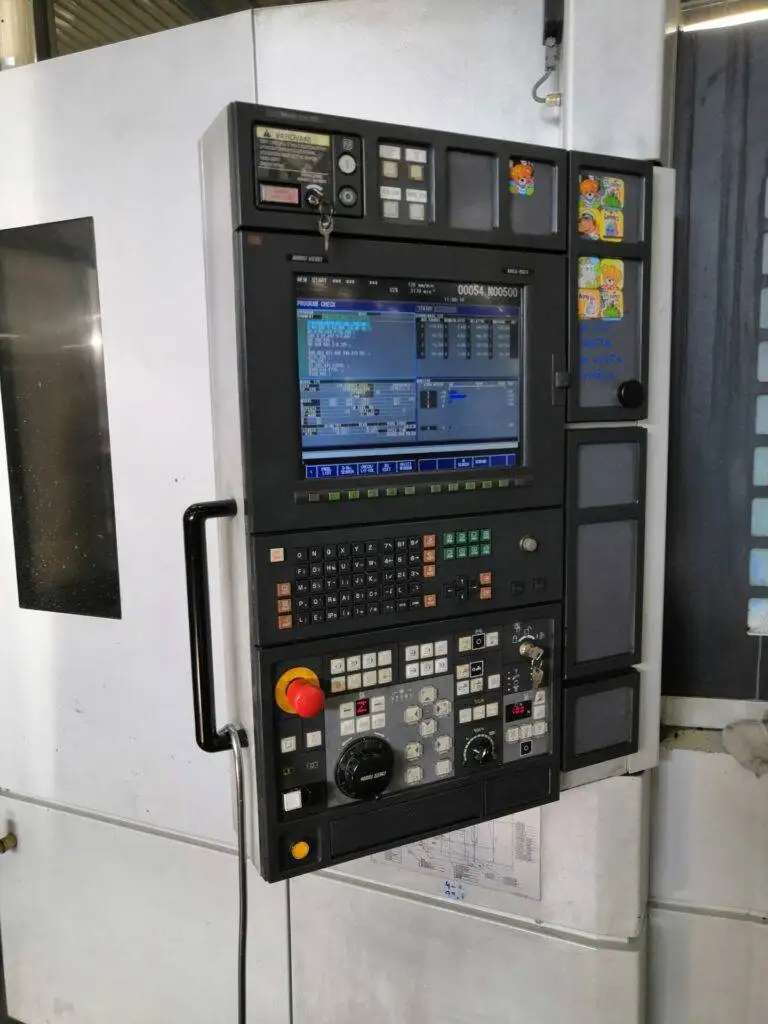3D Printing
3D printing is a rapidly advancing technology that has significantly impacted various sectors. With the capability to craft intricate and precise objects effortlessly, 3D printers have revolutionized the manufacturing industry. In this article, we’ll delve into the fundamentals of 3D printing, its advantages, and its applications.
What is 3D Printing?
3D printing, also known as additive manufacturing, is a method of creating three-dimensional objects from a digital file. Unlike conventional manufacturing techniques, 3D printing constructs objects layer by layer, utilizing a range of materials such as plastics, metals, and ceramics. The popularity of 3D printing technology has surged due to its capacity to offer a cost-effective and efficient means to produce intricate objects with high precision.
Benefits of 3D Printing
- Speed: 3D printing facilitates rapid prototyping, slashing the production time from weeks to mere hours or even minutes.
- Cost-effective: Traditional manufacturing methods necessitate costly tooling and molds, which 3D printing circumvents. It also obviates the need for pricey production batches, as items can be printed as needed.
- Customization: 3D printing technology enables product customization, crafting items tailored to specific needs and specifications.
- Waste Reduction: 3D printing generates less waste than conventional manufacturing methods since it only utilizes the necessary material amount to craft an object.
Applications of 3D Printing
- Medical Industry: 3D printing has revolutionized the medical sector, enabling the creation of personalized prosthetics, implants, and surgical tools.
- Aerospace Industry: 3D printing is employed to manufacture lightweight and intricate parts for aircraft and spacecraft.
- Automotive Industry: 3D printing is utilized to produce vehicle parts, including prototypes, bespoke designs, and replacement components.
- Architecture Industry: Architects and designers use 3D printing to craft scale models and prototypes.
- Education: Schools and universities employ 3D printing to educate students about design, engineering, and manufacturing.
Future of 3D Printing
As 3D printing technology continues to evolve, it’s anticipated to profoundly influence various sectors. New materials, such as biodegradable plastics and metal alloys, are under development, broadening the horizons for 3D printing. Moreover, the integration of 3D printing in mass production could drastically reduce manufacturing expenses and lead times.
In summary, 3D printing is an ever-growing technology with the potential to reshape numerous industries. Given its capacity to offer cost-efficient, effective, and accurate manufacturing solutions, 3D printing is poised to become a pivotal element of the manufacturing process in the coming years.
FAQ
Q: What materials can be used in 3D printing? A: 3D printing can utilize a variety of materials, including plastics, metals, and ceramics.
Q: How does 3D printing benefit the medical industry? A: 3D printing allows for the creation of customized medical equipment, such as prosthetics and implants, tailored to individual patient needs.
Q: Are there any environmental benefits to 3D printing? A: Yes, 3D printing produces less waste compared to traditional manufacturing methods, as it only uses the required amount of material.
For more information on machinery, visit Inzert Stroje.







You must be logged in to post a comment.